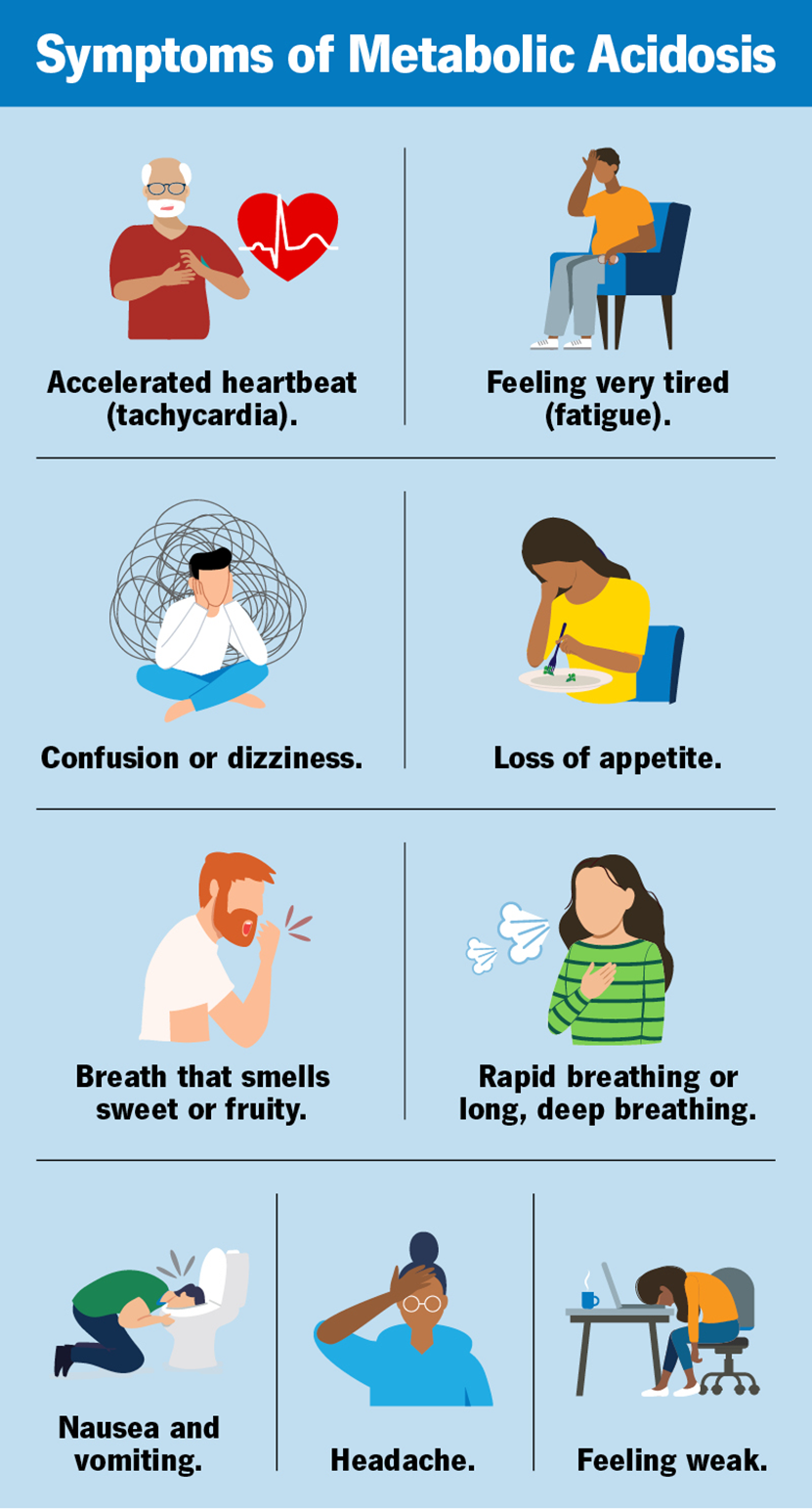An employee health nurse is providing education on how nurses can prevent back and joint injury. Which techniques minimize this risk of injury on the job?
Use good body mechanics.
Maintain proper posture.
Use assistive devices.
Stay physically fit.
The Correct Answer is A
Choice A Reason:
Use good body mechanics is correct. Good body mechanics involve using the body in an efficient and careful way to prevent injury. This includes bending at the knees instead of the waist, keeping the back straight, and using the legs to lift heavy objects. Proper body mechanics reduce the strain on the back and joints, preventing injuries.
Choice B Reason:
Maintain proper posture is also important but is part of using good body mechanics. Proper posture involves keeping the spine in a neutral position, avoiding slouching, and ensuring that the head is aligned with the spine. This helps distribute weight evenly and reduces the risk of injury.
Choice C Reason:
Use assistive devices is correct. Assistive devices such as transfer boards, mechanical lifts, and gait belts can help reduce the physical strain on nurses when moving or lifting patients. These devices are designed to make tasks safer and easier, thereby minimizing the risk of back and joint injuries.
Choice D Reason:
Stay physically fit is also important. Physical fitness helps maintain muscle strength, flexibility, and endurance, which are crucial for performing physically demanding tasks. Regular exercise can help prevent injuries by improving overall body mechanics and reducing fatigue.
Nursing Test Bank
Naxlex Comprehensive Predictor Exams
Related Questions
Correct Answer is C
Explanation
Choice A Reason:
Place suction equipment at the bedside is incorrect. While having suction equipment available is important for emergency situations, it does not directly prevent postoperative pulmonary complications. Suction equipment is used to clear the airway if the client has difficulty breathing or if there is an obstruction.
Choice B Reason:
Administer a prophylactic expectorant is incorrect. Prophylactic expectorants can help in managing secretions, but they are not the primary intervention for preventing postoperative pulmonary complications. The main goal is to promote lung expansion and prevent atelectasis.
Choice C Reason:
Encourage the use of an incentive spirometer is correct. Using an incentive spirometer encourages deep breathing and lung expansion, which helps prevent atelectasis and other postoperative pulmonary complications. It is a key intervention in postoperative care to maintain optimal lung function.
Choice D Reason:
Perform range of motion exercises is incorrect. While range of motion exercises are important for preventing musculoskeletal complications and promoting circulation, they do not directly prevent pulmonary complications. The focus for pulmonary health is on lung expansion and clearing secretions.
Correct Answer is C
Explanation
Choice A Reason:
Hyperkalosis is incorrect. Hyperkalosis refers to an elevated level of potassium in the blood, which is not directly related to the pH level. While hyperkalemia can occur in acidosis, it is not the primary condition indicated by a low pH
Choice B Reason:
Hyponatremia is incorrect. Hyponatremia refers to low sodium levels in the blood. It does not directly affect the pH level and is not indicated by the pH value provided.
Choice C Reason:
Acidosis is correct. The normal pH range for arterial blood is 7.35 to 7.45. A pH of 7.10 is below this range, indicating that the blood is too acidic. This condition is known as acidosis.

Choice D Reason:
Alkalosis is incorrect. Alkalosis refers to a condition where the blood pH is higher than the normal range, indicating that the blood is too basic. A pH of 7.10 is too low, not too high, and therefore indicates acidosis.
Whether you are a student looking to ace your exams or a practicing nurse seeking to enhance your expertise , our nursing education contents will empower you with the confidence and competence to make a difference in the lives of patients and become a respected leader in the healthcare field.
Visit Naxlex, invest in your future and unlock endless possibilities with our unparalleled nursing education contents today
Report Wrong Answer on the Current Question
Do you disagree with the answer? If yes, what is your expected answer? Explain.
Kindly be descriptive with the issue you are facing.
